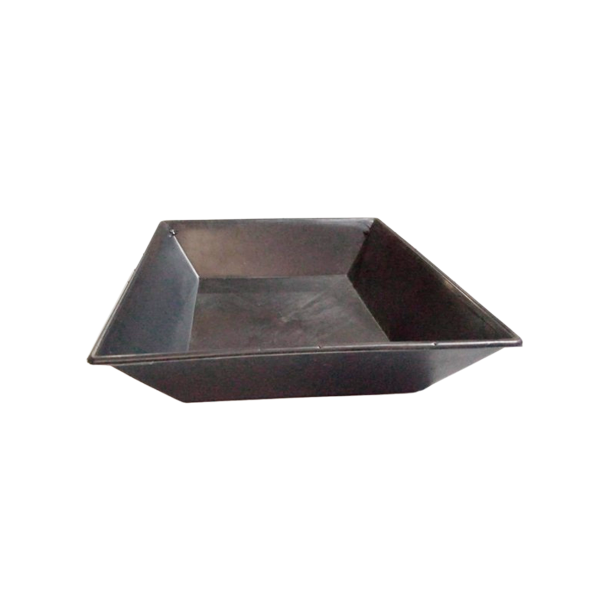Description
Exploring the Benefits of a Plastic Dissecting Tray: A Must-Have Lab Tool
When it comes to laboratory dissection tasks, selecting the right tools can make a significant difference. One such essential item is the plastic dissecting tray. Lightweight, durable, and cost-effective, these trays are commonly used in educational and professional settings for a wide range of biological and anatomical studies. In this blog, we’ll dive into why plastic dissecting trays are indispensable and explore their features, benefits, and applications.
What Is a Plastic Dissecting Tray?
A plastic dissecting tray is a flat, rectangular tool designed to hold specimens during dissection procedures. Made from durable plastic materials, these trays often come with a reusable or disposable option, depending on the laboratory’s needs. They are typically paired with wax or silicone lining to secure specimens with dissecting pins.
Advantages of Using Plastic Dissecting Trays
Choosing the right dissecting tray is crucial for efficiency and safety. Here are several reasons why plastic trays stand out:
1. Durability and Reusability
Plastic trays are designed to withstand repeated use. Their non-corrosive nature ensures they remain intact even after exposure to chemicals or biological fluids. For classrooms and labs on a budget, reusable plastic trays offer excellent value.
2. Lightweight and Portable
Compared to metal alternatives, plastic trays are significantly lighter, making them easy to handle and transport. This is particularly beneficial in settings where multiple trays need to be moved frequently.
3. Cost-Effectiveness
Plastic dissecting trays are more affordable than their metal counterparts. Schools and institutions can save money without compromising on quality by opting for plastic options.
4. Safety Features
The smooth surface of plastic trays reduces the risk of accidental cuts or scrapes. Additionally, the material is less likely to chip or crack, enhancing user safety.
5. Easy Maintenance
Cleaning a plastic dissecting tray is straightforward. Most trays can be washed with mild soap and water, ensuring they’re ready for the next use without much effort.
Applications of Plastic Dissecting Trays
Plastic dissecting trays are versatile tools that find use in a variety of environments:
1. Educational Settings
In schools and universities, these trays are staples for biology classes. They provide students with a clean and efficient platform for dissecting frogs, earthworms, and other specimens.
2. Medical Training
Plastic dissecting trays are invaluable in medical schools, where precision and hygiene are paramount. They’re often used for anatomical dissections and surgical practice.
3. Research Laboratories
Scientists rely on these trays for detailed studies of biological samples. The non-reactive nature of plastic ensures compatibility with various chemicals and solutions.
4. Hobbyists and Home Use
Beyond professional settings, enthusiasts and hobbyists use plastic dissecting trays for taxidermy, specimen mounting, and even art projects.
Features to Consider When Buying a Plastic Dissecting Tray
Selecting the right tray involves evaluating specific features. Here’s what to look for:
1. Material Quality
Opt for trays made of high-grade plastic to ensure durability and resistance to chemicals.
2. Lining Options
Many trays include wax or silicone linings to secure specimens effectively. Choose a lining that suits your dissection needs.
3. Size and Shape
Trays come in various sizes to accommodate different specimen types. Ensure the dimensions match your requirements.
4. Ease of Cleaning
Trays with smooth surfaces are easier to clean and maintain, saving time in busy labs.
Environmental Considerations
While plastic dissecting trays offer numerous benefits, it’s important to address their environmental impact. Reusable trays are a more sustainable choice, reducing waste compared to disposable alternatives. Some manufacturers are now using recycled materials to create eco-friendly trays, combining functionality with environmental responsibility.
Tips for Using a Plastic Dissecting Tray Effectively
To get the most out of your plastic dissecting tray, follow these best practices:
- Prepare the Surface: Ensure the tray is clean and free of debris before starting the dissection.
- Secure the Specimen: Use pins to hold the specimen in place, especially if the tray has a wax or silicone lining.
- Work in a Well-Lit Area: Proper lighting enhances visibility and accuracy during dissection tasks.
- Clean Immediately After Use: Prevent stains and residue buildup by cleaning the tray promptly after each use.
Final Thoughts
A plastic dissecting tray is more than just a lab accessory; it’s a vital tool that enhances the efficiency and safety of dissection procedures. Whether you’re a student, educator, or professional, investing in a high-quality tray can make all the difference. By considering the benefits and applications highlighted in this blog, you’ll be better equipped to choose the perfect tray for your needs.
Switch to a plastic dissecting tray today and experience its unmatched convenience and versatility!






Reviews
There are no reviews yet.